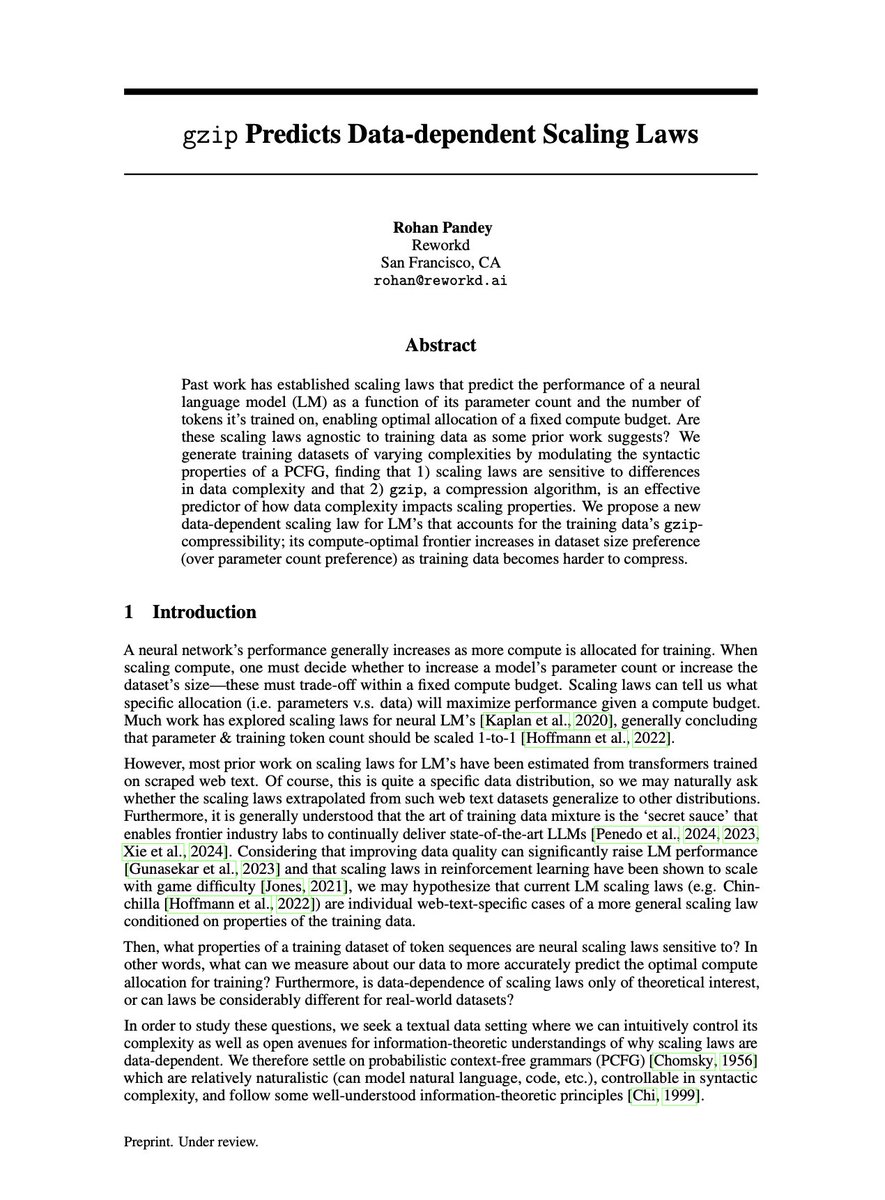
How to get URL link on X (Twitter) App


 For background, his scheme is a straightforward mapping from IVC symbols to Sanskrit sounds, but note that it ignores:
For background, his scheme is a straightforward mapping from IVC symbols to Sanskrit sounds, but note that it ignores:

 First, some context: academic consensus has traditionally been that the IVC had *no* continuity with subsequent Indian civilization: they flourished, collapsed, and civilization restarted once the Aryans arrived.
First, some context: academic consensus has traditionally been that the IVC had *no* continuity with subsequent Indian civilization: they flourished, collapsed, and civilization restarted once the Aryans arrived.


https://twitter.com/khoomeik/status/1770248520752394594
 Chinchilla claims their 1-to-1 parameter-data scaling law is agnostic to the type of textual training data used 🤨
Chinchilla claims their 1-to-1 parameter-data scaling law is agnostic to the type of textual training data used 🤨



https://twitter.com/khoomeik/status/1775060610587545718At the center of Vedic Hinduism lies yajña, the fire sacrifice.


